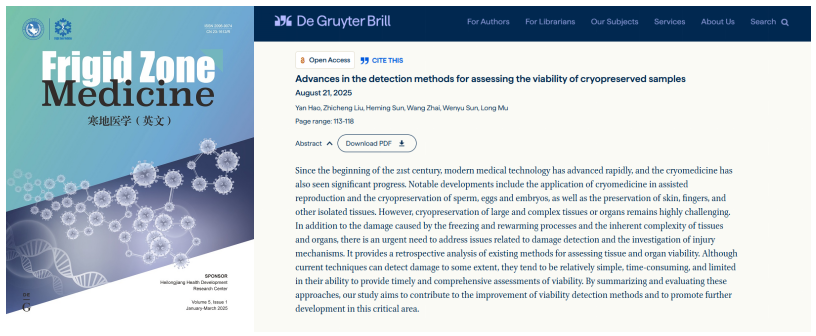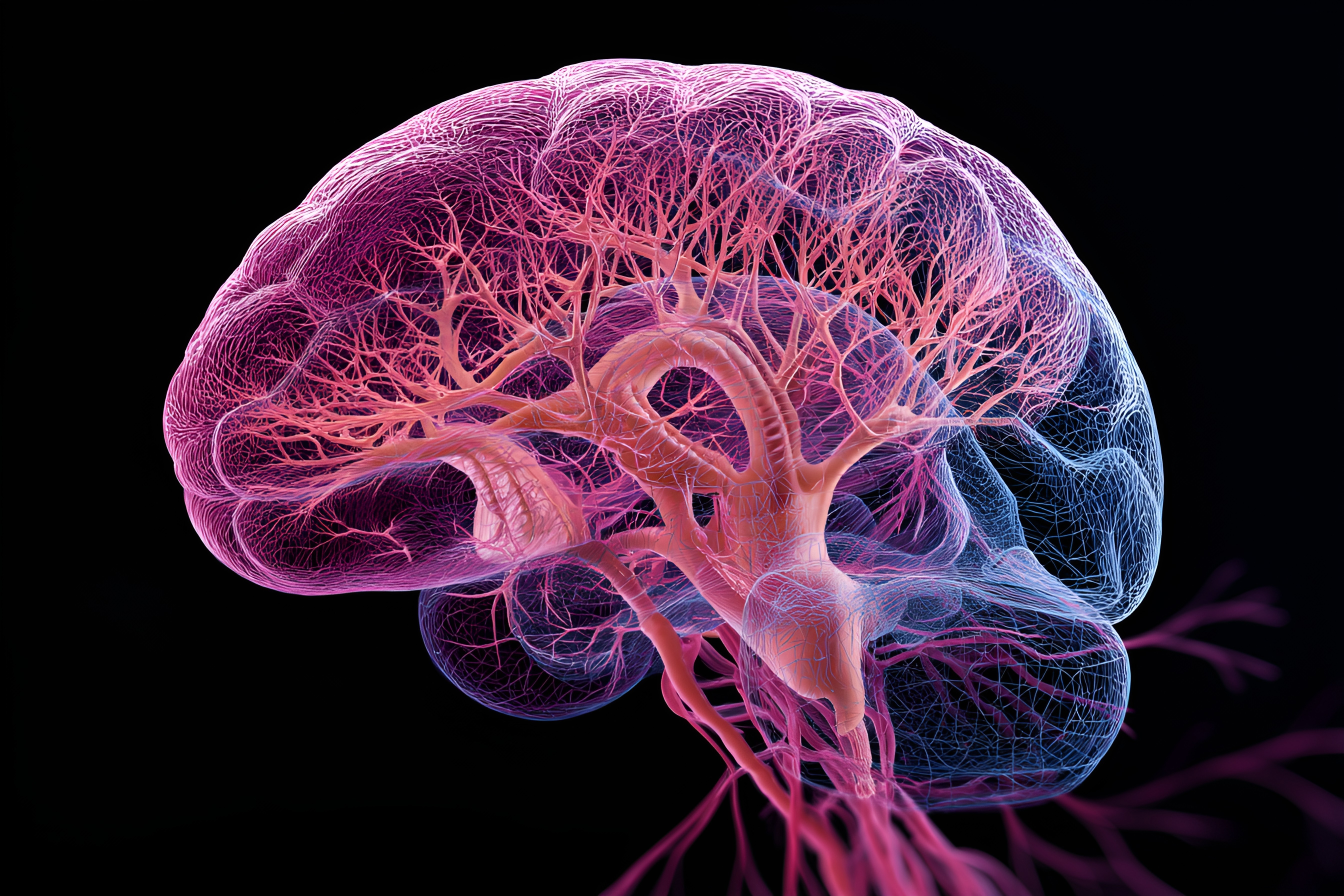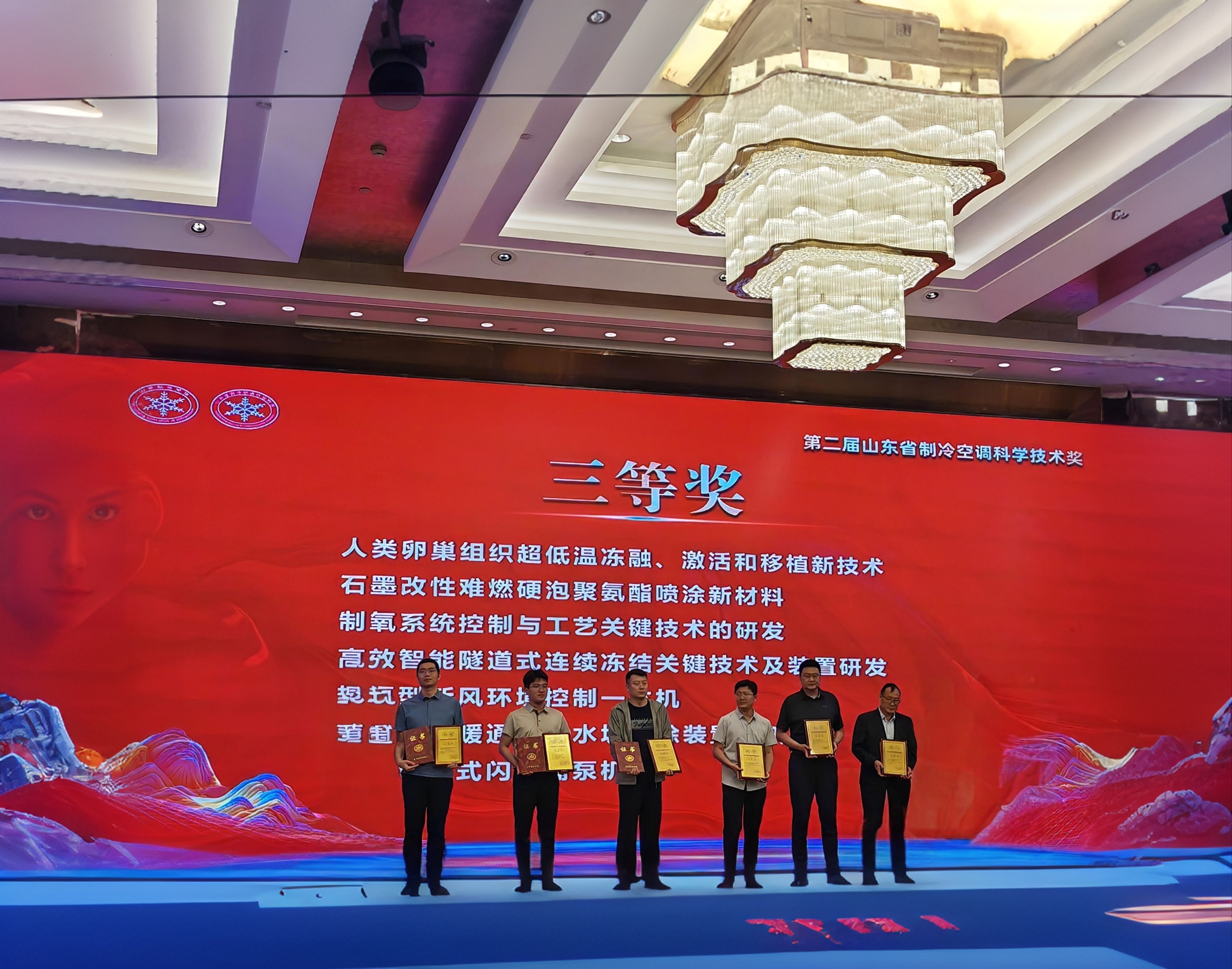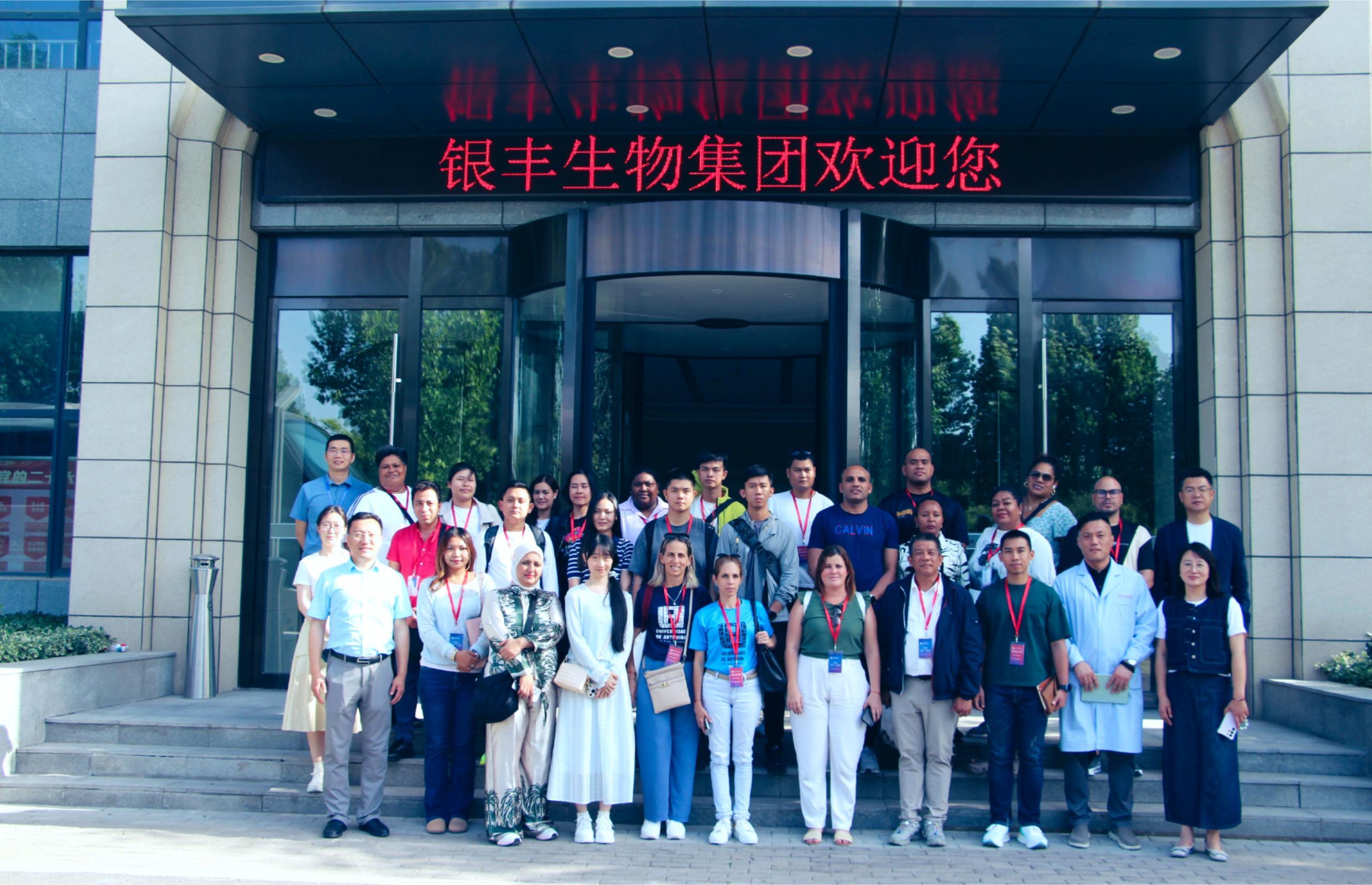【News】The core equipment of Yinfeng Life Extension Plan was unveiled at the ASEAN Expo
Release time:
2022-09-22
From September 16 to 19, 2022, the 19th China-ASEAN Expo Advanced Technology Exhibition (hereinafter referred to as the "ASEAN Expo") was hosted by the People's Government of Guangxi Zhuang Autonomous Region of the Ministry of Science and Technology of the People's Republic of China and organized by the China-ASEAN Technology Transfer Center of the Department of Science and Technology of Guangxi Zhuang Autonomous Region. At the official opening of the Nanning International Convention and Exhibition Center, the Cryogenic Medicine Center of Shandong Yinfeng Life Science Research Institute (hereinafter referred to as the Academy of Biological Sciences) made a collective appearance with many powerful products and became the focus of the exhibition.


As a key recommendation unit of the Organizing Committee of the 19th China-ASEAN Expo, the Cryogenic Medicine Center of the Academy of Biological Sciences exhibited the program cryometer and cryogenic cold therapy instrument for the first time in the advanced technology exhibition hall of the ASEAN Expo, attracting leaders at all levels, domestic and foreign exhibitors to visit the booth for guidance, and also won many media attention and reports, becoming one of the focuses of the advanced technology pavilion, and the atmosphere was warm.

The programmed cooler equipment exhibited by the Cryogenic Medicine Center of the Academy of Biological Sciences was deeply loved by the audience and attracted many visitors to stop and understand. The equipment is independently developed by Yinfeng, high-precision, large-span human cryopreservation program cooling equipment, which uses jet vortex pressure, equipped with more than 10 solenoid valves and temperature sensors, computer program precise control, to ensure rapid and balanced cooling of samples, is the only equipment in the world that can continue to cool the body evenly and continuously to below -190 °C, to avoid damage to the body in the cooling process, suitable for effective cooling of multi-scale cells, tissues, organs and even the human body sensitive to temperature changes. In September 2021, the device was exported to the Australian cryonics facility.

The Human Cryopreservation and Resuscitation Research Project is the most cutting-edge, core and complex life science research project in Yinfeng's life extension program. Through interdisciplinary research such as cryobiology, cryomedicine, thermophysics and clinical medicine, the program will cryopreserve the entire human body after the clinical death of volunteers, slow down or even suspend the metabolism of cells, tissues and organs that are still alive in the human body, and block the process of functional failure and biological "death". Protecting the integrity of cell structures and the functionality of biochemical pathways, we look forward to suspending and restarting the physiological and biochemical functions of human tissues and organs, so that life can continue. In addition, Yinfeng's life extension plan also includes the research project of tissue and organ cryopreservation and resuscitation, which is committed to using advanced cryogenic biomedical technology to carry out research on cryopreservation, resuscitation and clinical transformation application of cells, tissues and organs.


This appearance at the ASEAN Expo has made Yinfeng's life extension plan the focus of attention again. The Institute of Biological Sciences will continue to uphold the organizational mission of "dedicating medical technology to ensure human health" and inherit the brand power of Yinfeng. In the fields of cryogenic medicine, biotechnology, life sciences, etc., we will explore and innovate, promote the transformation of scientific research achievements, create greater value for the cause of national health with practical actions, and make more contributions to the construction of a healthy China.

Latest developments
Over the two days, the symposium was not only a collision of ideas but also seeds sown to advance social progress in life culture. The Shandong Yinfeng Life Science Public Welfare Foundation will continue to use technology as wings and culture as roots, collaborating with all sectors of society to enhance the quality of life for the Chinese people and build a human-centered life care system.
According to recent announcements by the Jinan Municipal Bureau of Science and Technology, 11 outstanding achievements from Jinan have been included in the 2025 "Shandong Outstanding Achievements Report" project. Among them is the globally first-of-its-kind ovarian tissue dual-activation technology developed by Shandong Silver Med Life Science Research Institute (Jinan).
Recently, Frigid Zone Medicine, an authoritative international journal in the field of cryomedicine, published an important review titled "Advances in the Detection Methods for Assessing the Viability of Cryopreserved Samples". Written by the team of Yinfeng Cryomedical Research Center, the article systematically reviews and analyzes various detection techniques currently used to evaluate the viability of cryopreserved cells, tissues, and organs. It also proposes key directions from the perspectives of methodological integration and future instrument development, offering crucial theoretical support and practical guidance for the long - term cryopreservation of complex tissues and organs.
Recently, the "Novel Technology for Ultra-Low Temperature Cryopreservation, Activation, and Transplantation of Human Ovarian Tissue," developed through a collaborative effort between Shandong Yinfeng Life Science Research Institute and Beijing University of Chinese Medicine Shenzhen Hospital, has been awarded the 2025 Shandong Refrigeration and Air Conditioning Science and Technology Award. This groundbreaking technology pioneers a new pathway for female fertility preservation, marking a significant leap in China’s interdisciplinary advancements in reproductive medicine and cryobiology.
On May 19, a delegation from the Chinese Training Workshop for Government Officials of Developing Countries visited the exhibition hall of Yinfeng Biological Group's Cryomedicine Research Center. Government officials from multiple countries gained in-depth insights into Yinfeng’s innovative achievements in cryobiomedicine, cell storage, genetic technology, and other fields. They engaged in discussions with the delegation on technology transfer and international cooperation, contributing to the building of a global community with a shared future for humanity.












